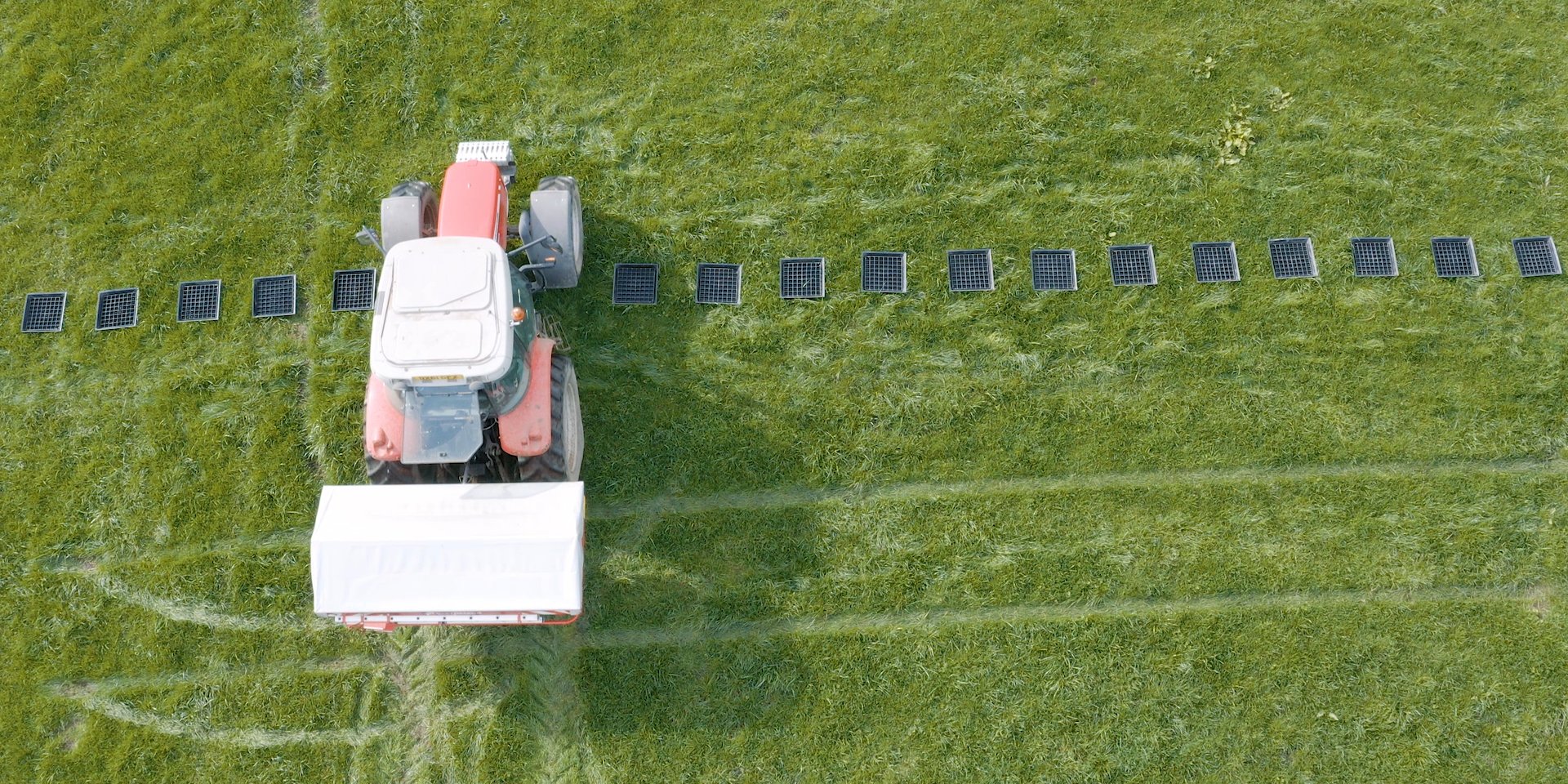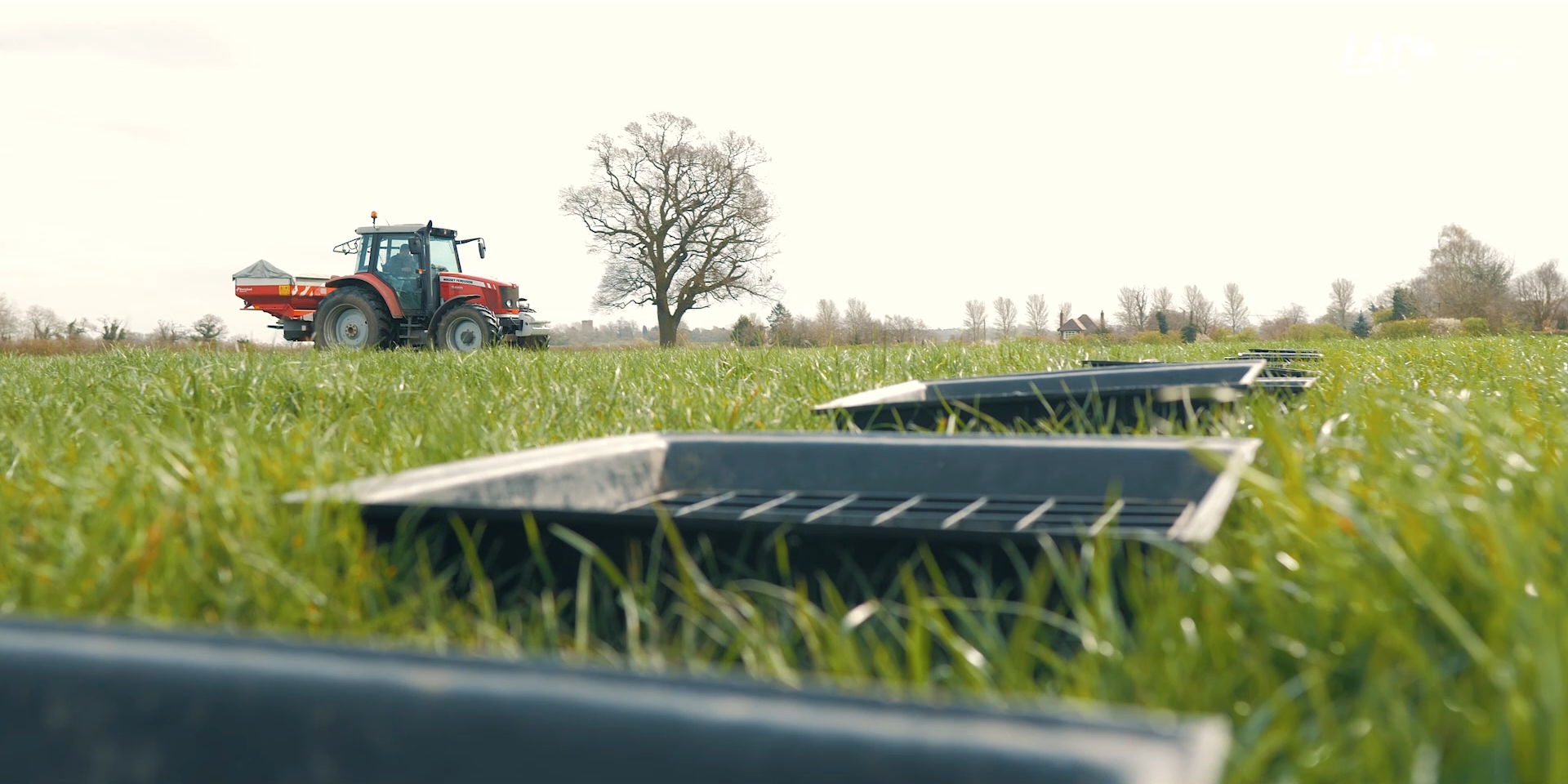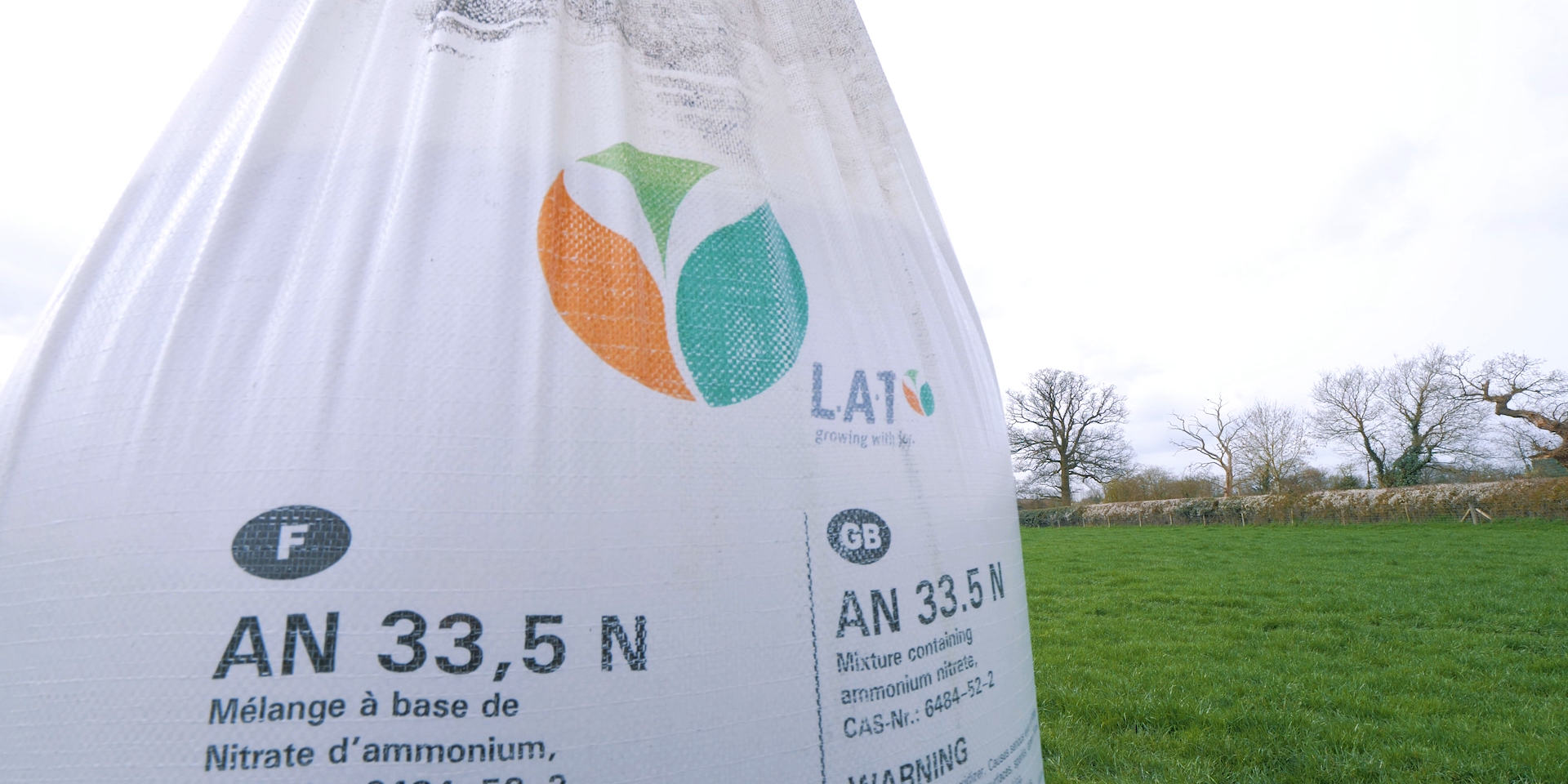Thank you!
We received your registration request and will send you an e-mail in order to confirm your e-mail address shortly.
Please, finish the registration by clicking on the link in this e-mail.
Privacy Policy
The administrator of your personal data will be LAT Nitrogen Austria GmbH (gdpr@lat-nitrogen.com). Detailed information on the processing of personal data can be found in our Privacy Notice. This information will also be provided to you in the newsletter subscription confirmation email.
Please confirm that you have read and agree to our privacy notice and our general terms and conditions of use before continuing.
How else can we help?
We would love to send you details or our best offers, and latest products and services by email. We will treat your personal data carefully. We will never sell your data to third parties. By selecting the boxes below, you confirm your acceptance to receive marketing communications from LAT Nitrogen Austria GmbH.
You can change your mind at any time by clicking the unsubscribe link in the footer of any email you receive from us, or by contacting us at gdpr@lat-nitrogen.com
Thank you!
We received your registration request and will send you an e-mail in order to confirm your e-mail address shortly.
Please, finish the registration by clicking on the link in this e-mail.
Registration was unsuccessful.
Your email is already registered
or there was a server error
Tom Holt
Senior Expert with over 15 years of experience in the fertilizer industry
When spreading with a centrifugal distributor, it is very important to consider the overlap distance in order to ensure an even distribution of fertilizer across the field. This is because the concentration of granules decreases as distance from the spreader increases. The speed of driving also influences the distribution.
Achieve a better yield by accurate application.
Most of the time the
effects of uneven fertilizer spreading canot be recognized with pure
eyes, therefore they remain undetected. Deviations of 25% are not
visible however yield losses are relevant.
A spreading unevenness of more than 30% leads to lodging of cereals and a yield loss of 1 ton per hectare or more.
Uniform distribution depends on even fertilizer output from the disc
and overlapping between two passes (out and back) of the broadcasted
fertilizer granules.
To test the regularity of fertilizer spreading,
the actual dose of fertilizer spread over the projecting distance is
measured and the curve of the spreading profile is plotted. Spreading
regularity is expressed in coefficient of variation (CV), which
quantifies the average deviation of doses applied in relation to the
mean dose, and is stated as a percentage. CV, as defined in European
Standard 13739 ,is the ratio between the standard deviation and the mean
total distribution.
Comparison of CV between prilled AN and L.A.T granular AN 33.5 N
Compared to prilled products, granular AN from LAT Nitrogen always offers a
superior coefficient of variation (CV) at all spreading widths and for all
wind speeds.
In windy condition, prilled AN cannot be spread up
to 36m with a correct CV. Uneven spreading will lead to yield loss.
At 36m, only granular AN offers a superior CV, even in windy conditions.
UK is predominately a windy country, during 'peak application
period (march to May). Data shows that on average the UK has only 6
days a month where the wind speed is below 15 km/h.
Those 6 days
correspond to the available days to correctly spread prilled AN. Due to
its performance in windy conditions, granular AN can be spread an
average of 19 days per month during the spreading season giving more
flexibility for the farmer.
Volatilisation can affect all fertilizers containing a significant
proportion of urea and ammonia nitrogen. Urea and urea ammonium nitrate
solution (UAN) are highly sensitive to ammonia volatilisation. The
nitrogen that escapes into the air is lost and not available for plant
nutrition!
This means that nitrogen fertilizers containing nitrate such as those from LAT Nitrogen are more effective!
Ammonia volatilisation adversely affects the environment and the efficiency of the fertilizers used. It is therefore important to select the right form of nitrogen.
Uniform distribution depends on even fertilizer output from the disc
and overlapping between two passes (out and back) of the broadcasted
fertilizer granules.
To test the regularity of fertilizer spreading,
the actual dose of fertilizer spread over the projecting distance is
measured and the curve of the spreading profile is plotted. Spreading
regularity is expressed in coefficient of variation (CV), which
quantifies the average deviation of doses applied in relation to the
mean dose, and is stated as a percentage. CV, as defined in European
Standard 13739, is the ratio between the standard deviation and the mean
total distribution.
The lower the CV, the better the distribution. The quality of fertilizer distribution is expressed as follows:
A CV between 0% and 10% is excellent
A CV between 10% and 15% is good
A CV between 15% and 20% is poor
A CV above 20% is unacceptable
Our facility at Grand Quevilly has undergone huge investment over the last 2 years. Increasing its production and export capabilities has allowed us to meet the demand throughout Europe for good quality Nitrogen products without compromising product integrity.
Closely situated to the UK market, we have the ability to ship vessels from Grand Quevilly in a quick and efficient manner and have developed and grown strategic relationships in order to ensure continuity of supply to UK growers throughout the year.
Beyond 36m

Up to 25km/h

More than 19 days

Compared to prilled products, Granular AN from LAT Nitrogen offers a
better coefficient of variation (CV) at all spreading widths and at all
wind speeds. In windy conditions prilled AN cannot be spread up to 36m
with a correct CV and uneven spreading will lead to yield loss. At 36m,
only Granular AN offers a good CV even in windy weather.
At 25 km/h crosswinds the tests show that Granular AN 33.5 still maintains a good spreading pattern and a correct CV, unlike the prilled products. This unique benefit of Granular AN is giving the farmers confidence to go out spreading while achieving good results.
3 times more days of applications in the spreading season is only
assured by Granular AN 33.5. UK weather makes the farmers work schedule
hard to maintain consistently. During the high season there are only 6
days with wind speeds below 15km/h, but with Granular AN farmers can
spread confidently an additional 13 days when the wind speed is up to 25
km/h.
We wanted to find out what the best fertilizer type for the UK
farming landscape, so we reached out to SCS to get an expert view. Watch the video now to see what we learned.
We will contact you shortly
The administrator of your personal data will be LAT Nitrogen Austria GmbH (gdpr@lat-nitrogen.com). Detailed information on the processing of personal data can be found in our Privacy Notice. This information will also be provided to you in the newsletter subscription confirmation email.
Please confirm that you have read and agree to our privacy notice and our general terms and conditions of use before continuing.
How else can we help?
We would love to send you details or our best offers, and latest products and services by email. We will treat your personal data carefully. We will never sell your data to third parties. By selecting the boxes below, you confirm your acceptance to receive marketing communications from LAT Nitrogen Austria GmbH.
You can change your mind at any time by clicking the unsubscribe link in the footer of any email you receive from us, or by contacting us at gdpr@lat-nitrogen.com
LAT Nitrogen Austria GmbH
St.-Peter-Strasse 25
4021 Linz, Austria